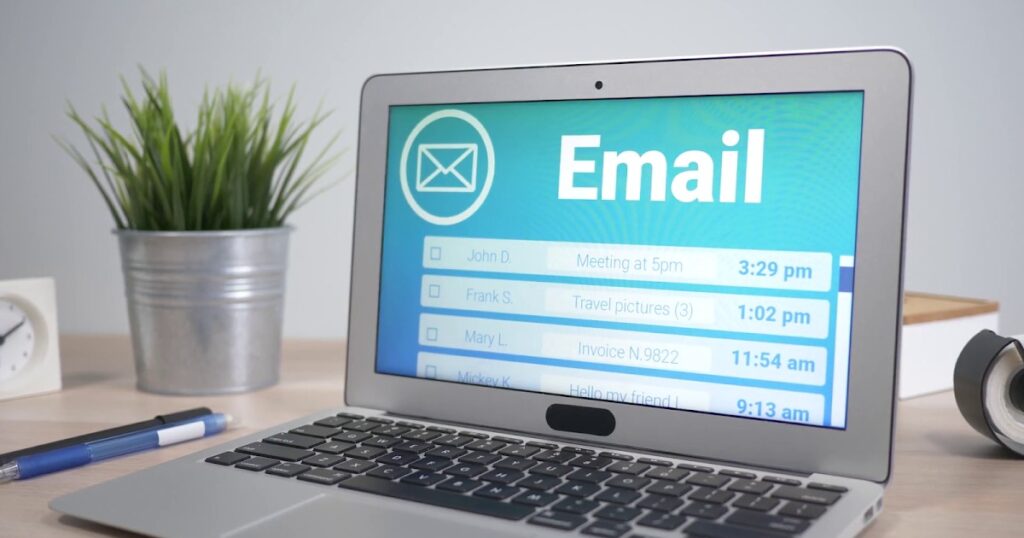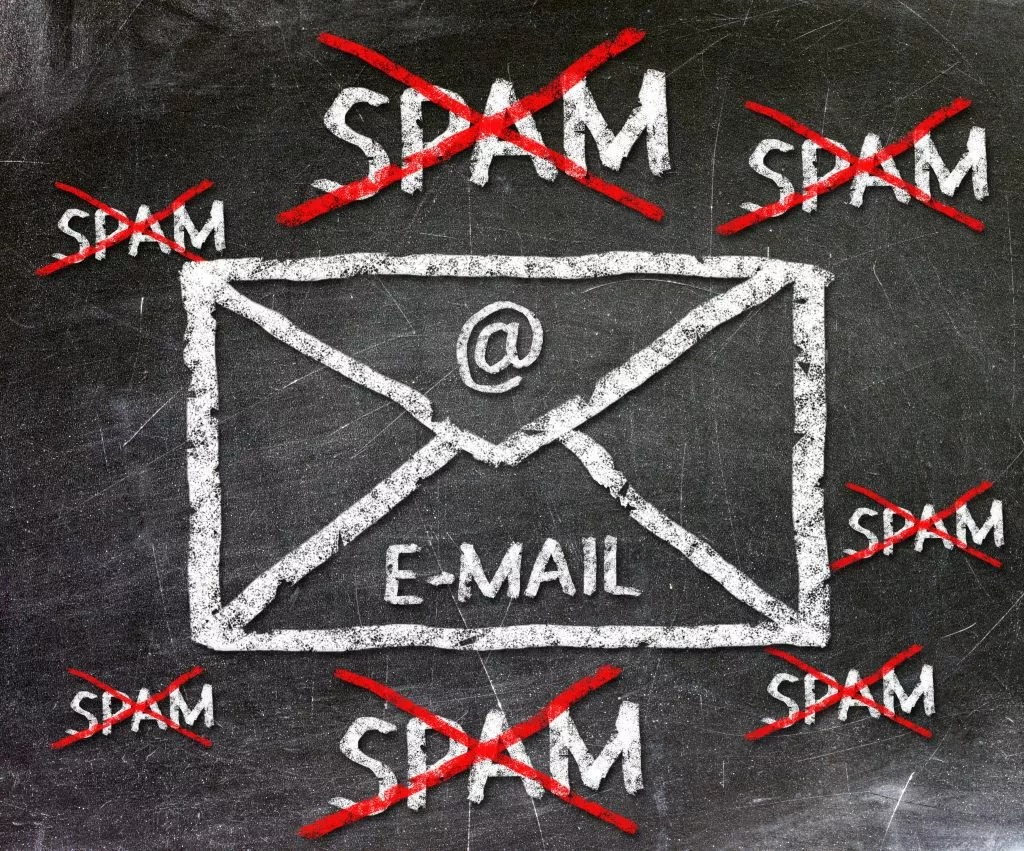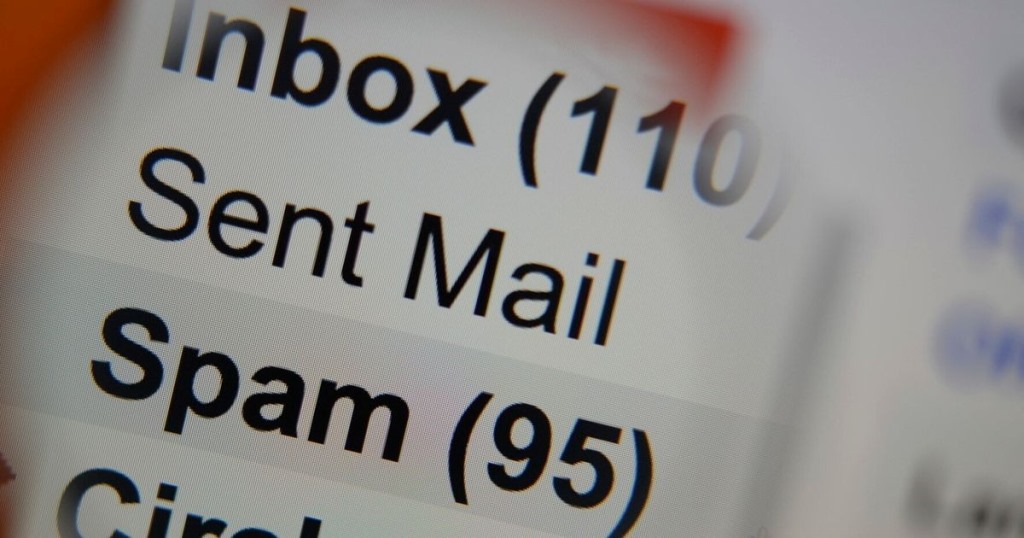As an email marketing manager, you might think that only evil people would send spam. But unfortunately, that’s not the situation here.
Spam filters are notoriously inaccurate; even legitimate email marketers have had messages marked as spam.
There is a lot more spam than you may realize.
Spam accounts for 71% of all emails on average.
This figure changes wildly from month to month.
While the proportion of spam emails was 48% in April 2018 (significantly down from 80% in February 2014), this still means that half of all emails will be deleted without being read.
Post Contents
The Real Figures Behind Email Spam
A staggering 14.5 billion messages per day are spam, meaning that 45 percent of all email traffic is spam.
Research firms approximate that spam email accounts for as much as 73% of all emails sent worldwide.
One of the leading sources of spam email is the U.S., with Korea coming in at number two.
An estimated 36% of all spam messages are related to advertising, making it the most common type of spam.
About 31.7% of all spam is related to adult content, making it the second most popular type. By far, the third most common type of spam, 26.5 percent, is money-related.
Identity theft (phishing) accounts for 73 percent of all spam emails, but scams and fraud account for only 2.5 percent.
As a result of spam’s pervasiveness in both personal and business email, people’s and businesses’ attitudes toward it have changed.
In fact, polls show that people are less likely to trust communications over the Internet because of spam.
In 2005, researchers found that due to spam, 53 percent of respondents had lost faith in email as a reliable means of communication.
The Previous Year, Though, This Figure Was 62%.
Spam is a major headache for businesses because it compromises both efficiency and security.
In a recent survey, 52 percent of businesses said that cutting down on spam was their top priority.
However, there is an expectation in the fight against spam due to tools like spam blockers.
About 2.4 billion spam emails per day are stopped by MSN alone.
What Percentage Of Email Is Spam? General Statistics

1. There Are Several Main Categories Of Spam
There is a consistent trend in spam, demonstrating that each type serves the same function. These categories are based on how spam reaches you.
These types are:
- Email spam
- SEO spam
- Content Spam
- Spammed links
- Social networking spam
- Mobile Phone spam
- Spam in the messaging system.
It’s important to remember that spammers will attempt every possible channel to get their messages into your inbox.
Some are completely harmless; they simply serve as spam advertisements.
Someone else, nevertheless, can be destructive, particularly those with links to unsecure websites.
If they gain access to your device, they might steal sensitive data or install malicious software.
2. 47.3% Of All Emails Sent In 2020 Were Spam
In 2020, there was a massive increase in spam emails by more than 47%. What this means is that nearly half of all email is spam.
Cybercriminals will use anything popular as bait, from limited-time offers and explicit material to purported medical breakthroughs and inheritance schemes.
In 2012, the annual spam rate peaked at 69%, so the current figures are significantly lower than those.
3. Email Is Used To Spread Malware In 94% Of Cases
A whopping 94% of malware samples studied were found to have been distributed via email. These email spam statistics illustrate the seriousness of the problem.
Most malicious files (45%) are found in Office doc files, typically attached to spam emails.
Second only to spam email itself in terms of malware distribution, Windows apps accounted for 26%.
How To Stop Spam Emails

Email spam will always be a problem, though.
But you can protect yourself and your information from spam and other online threats by taking some simple precautions.
1. Use Spam Filters
Some level of spam filtering is typically built into your email service in the form of a dedicated spam folder; however, you may be able to fine-tune your provider’s spam protections as needed.
In addition, you may set up your own filters in your inbox depending on the criteria you specify, allowing you to allowlist specific senders.
2. Make Sure No One Else Can Access Your Email Address
Microsoft Security warns against sharing your email address in public places like message boards or social media to avoid having it “harvested” by spammers.
3. Make Sure You’re Using Individual Accounts For Your Email
Separate personal email accounts, or even a temporary “throwaway” email for some online payments, are another approach to cut down on spam.
You can always create a new account if your temporary account is affected.
According to Art Sturdevant, vice president of technical operations at the security firm Censys, “most email services enable you to set up a temporary email address, and that assists with filtering.”
7. Examine Messages Carefully
A few spam emails are spam. You might think you’re getting an email from PayPal, but when you hover your mouse over the sender’s name, you might be taken to a completely different website.
Also, check for typos and grammatical mistakes that could attempt to trick spam filters.
8. Don’t Respond To Spam
Keep from replying to spam emails. Norton warns that replying to an unwanted message alerts the sender that the account is still active, which could lead to further messages of this nature being sent to the user.
9. Use Caution Before Clicking “Unsubscribe”

If you were receiving emails only from reliable senders, you could easily opt out of receiving them and greatly reduce your exposure to spam.
Email addresses are often “spoofed” by cybercriminals because they don’t play by the same rules.
Officials have warned that clicking the unsubscribe link could take you to a malicious website. Rather than ignoring spam, report it and help your email provider’s spam filter learn.
Final Thoughts
It appears that the 2020–2021 period saw a significant increase in spam rates due to the widespread fear caused by the covid-19 pandemic, as evidenced by data collected thus far.
Many organizations, including charities, unintentionally lose funding due to false positives in spam filters caused by phishing and other financial scams.






























